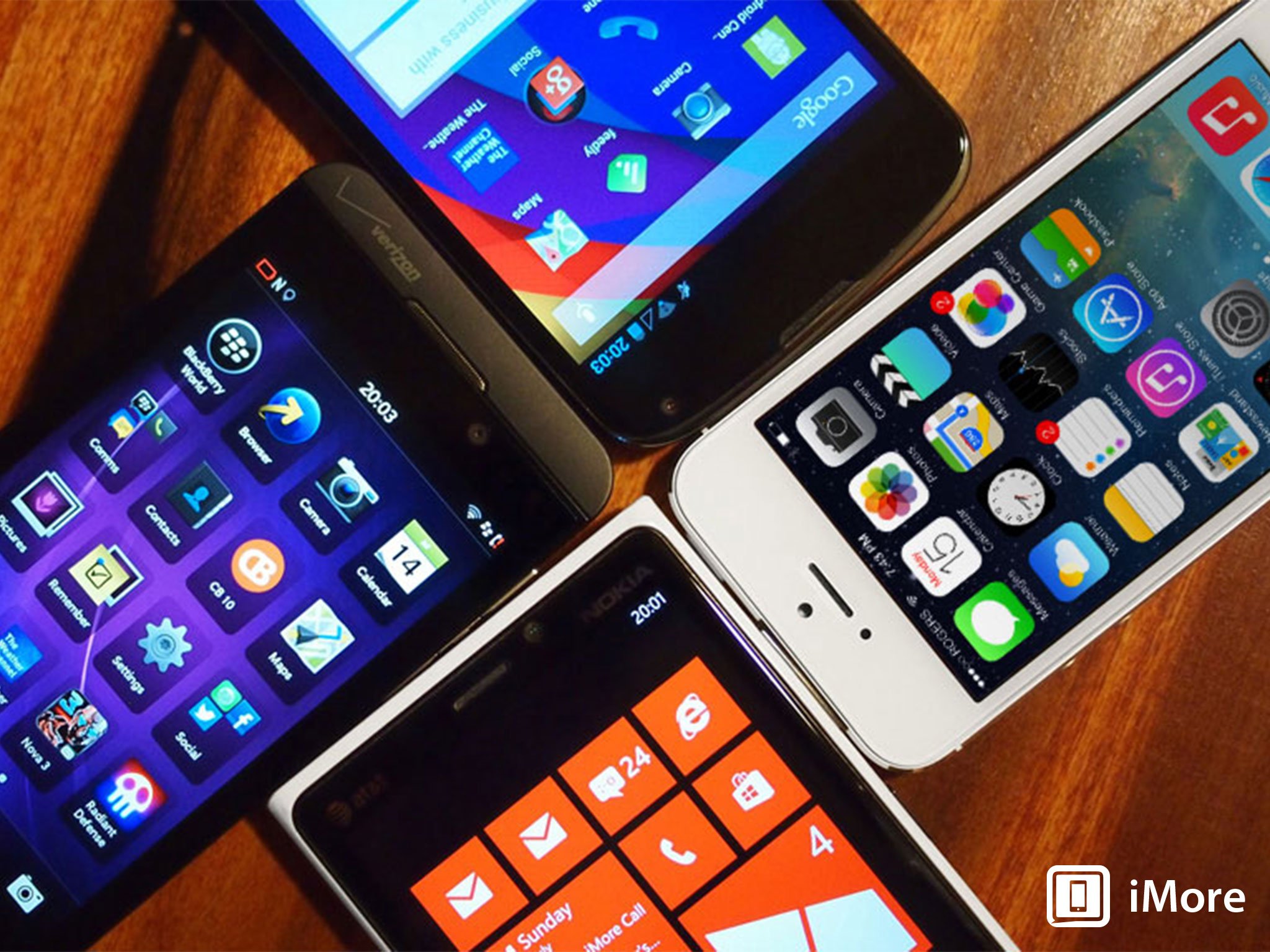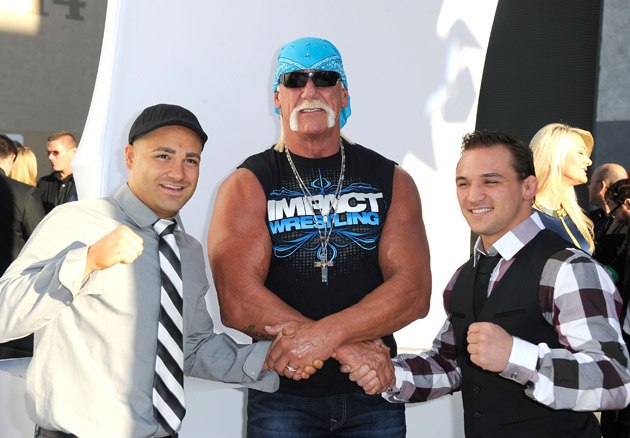PUBLIC RELEASE DATE: 30-Oct-2013
[
]
Contact: Michael Bernstein
m_bernstein@acs.org
202-872-6042
American Chemical Society
A new type of "good cholesterol," made in the lab, could one day deliver drugs to where they are needed in the body to treat disease or be used in medical imaging, according to scientists. Their report on the high-density lipoprotein (HDL) mimic, which is easy to make in large amounts, appears in the journal ACS Nano.
Zahi A. Fayad, Robert Langer, YongTae (Tony) Kim, Francois Fay, Willem Mulder and colleagues explain that HDL is a natural nanoparticle that carries cholesterol throughout the body. Because it acts like a scavenger, collecting cholesterol and taking it to the liver for breakdown, HDL has emerged from being simply a marker for cardiovascular disease the number one killer of men and women in America to being a therapeutic agent. Clinical trials are testing its potential to combat atherosclerosis, the build-up of plaques in blood vessels that can lead to heart attacks or strokes. Scientists are also exploring new ways to use it for drug delivery. But HDL is complex and comes in many varieties. It takes several labor-intensive steps to get a uniform collection of these particles with current methods, which aren't easily scaled up for clinical applications. That's why Fayad and Langer's groups devised a new and improved method for making HDL-like particles.
The scientists showed that microfluidics the same technology that enabled the invention of inkjet printers allowed them to make material called HDL that looks and acts like HDL in a single, rapid step. Not only does this material offer a possible, easy new way to treat cardiovascular disease, but the researchers also attached drug compounds, as well as dyes and nanocrystals used in medical imaging (such as those used for MRIs and CT scans), to the particles.
###
The authors acknowledge funding from National Heart, Lung, and Blood Institute, the National Institutes of Health, the National Cancer Institute, the Prostate Cancer Foundation and the American Heart Association.
The American Chemical Society is a nonprofit organization chartered by the U.S. Congress. With more than 163,000 members, ACS is the world's largest scientific society and a global leader in providing access to chemistry-related research through its multiple databases, peer-reviewed journals and scientific conferences. Its main offices are in Washington, D.C., and Columbus, Ohio.
To automatically receive news releases from the American Chemical Society, contact newsroom@acs.org.
Follow us: Twitter Facebook
[
]
AAAS and EurekAlert! are not responsible for the accuracy of news releases posted to EurekAlert! by contributing institutions or for the use of any information through the EurekAlert! system.
PUBLIC RELEASE DATE: 30-Oct-2013
[
]
Contact: Michael Bernstein
m_bernstein@acs.org
202-872-6042
American Chemical Society
A new type of "good cholesterol," made in the lab, could one day deliver drugs to where they are needed in the body to treat disease or be used in medical imaging, according to scientists. Their report on the high-density lipoprotein (HDL) mimic, which is easy to make in large amounts, appears in the journal ACS Nano.
Zahi A. Fayad, Robert Langer, YongTae (Tony) Kim, Francois Fay, Willem Mulder and colleagues explain that HDL is a natural nanoparticle that carries cholesterol throughout the body. Because it acts like a scavenger, collecting cholesterol and taking it to the liver for breakdown, HDL has emerged from being simply a marker for cardiovascular disease the number one killer of men and women in America to being a therapeutic agent. Clinical trials are testing its potential to combat atherosclerosis, the build-up of plaques in blood vessels that can lead to heart attacks or strokes. Scientists are also exploring new ways to use it for drug delivery. But HDL is complex and comes in many varieties. It takes several labor-intensive steps to get a uniform collection of these particles with current methods, which aren't easily scaled up for clinical applications. That's why Fayad and Langer's groups devised a new and improved method for making HDL-like particles.
The scientists showed that microfluidics the same technology that enabled the invention of inkjet printers allowed them to make material called HDL that looks and acts like HDL in a single, rapid step. Not only does this material offer a possible, easy new way to treat cardiovascular disease, but the researchers also attached drug compounds, as well as dyes and nanocrystals used in medical imaging (such as those used for MRIs and CT scans), to the particles.
###
The authors acknowledge funding from National Heart, Lung, and Blood Institute, the National Institutes of Health, the National Cancer Institute, the Prostate Cancer Foundation and the American Heart Association.
The American Chemical Society is a nonprofit organization chartered by the U.S. Congress. With more than 163,000 members, ACS is the world's largest scientific society and a global leader in providing access to chemistry-related research through its multiple databases, peer-reviewed journals and scientific conferences. Its main offices are in Washington, D.C., and Columbus, Ohio.
To automatically receive news releases from the American Chemical Society, contact newsroom@acs.org.
Follow us: Twitter Facebook
[
]
AAAS and EurekAlert! are not responsible for the accuracy of news releases posted to EurekAlert! by contributing institutions or for the use of any information through the EurekAlert! system.
Source: http://www.eurekalert.org/pub_releases/2013-10/acs-amo103013.php
Similar Articles: Maria de Villota emmy winners Yosemite Fire powerball winning numbers Myla Sinanaj









